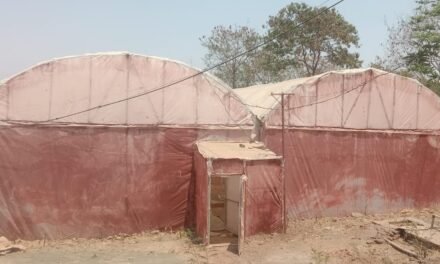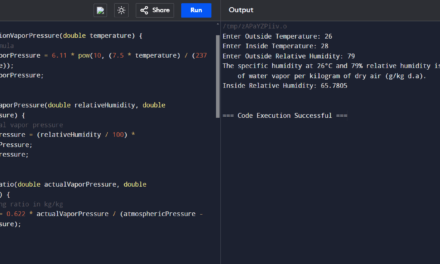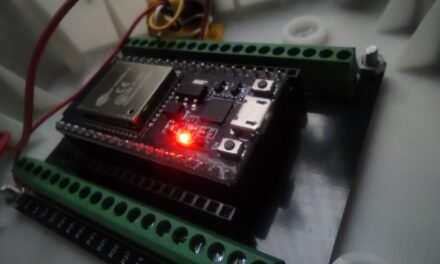This week, I’ve been focused on testing the temperature and humidity sensor for our polyhouse project. We encountered an interesting challenge when the humidity sensor got stuck at 100%, even after moving it to a normal environment.
Suspecting condensation might be the issue, I took inspiration from the Stevenson screen weather instrument installed at the our Ashram. These screens are designed to protect weather instruments and ensure accurate readings. Atharva helped in creating 3D model using SolidWorks.


Stevenson screens prevent condensation for humidity sensors by providing adequate ventilation to maintain the air temperature and humidity measurements accurate. These screens rely on wind motion to ensure airflow over the sensors, reducing the risk of anomalous temperature readings during light winds and solar radiation exposure.
We made lux meter using BH1750 module and verified the readings with HTC Digital Lux Meter there was minimum difference of 10-20 Lux and maximum difference when mobile flash was used was 200-400 Lux, and due to acrylic sheet on sensor there was a difference of 8-20 Lux. (For code look for Week 4 blog)
In addition, I integrated a lux sensor into our data logger by establishing I2C communication on pin 32 & 33 of ESP -32 since default I2C communication pin was already used for temperature and humidity, which will give us valuable insights into light levels within the polyhouse.
The next step is to troubleshoot a minor display error on our data webpage. Once that’s fixed, we’ll be one step closer to having a fully functional sensor system for our polyhouse!
To access the assembly file Goto: https://drive.google.com/drive/folders/1FtZliWhRnREElxXB_rFimReUcDfrPmFO?usp=drive_linkhttps://drive.google.com/drive/folders/1FtZliWhRnREElxXB_rFimReUcDfrPmFO?usp=drive_link





